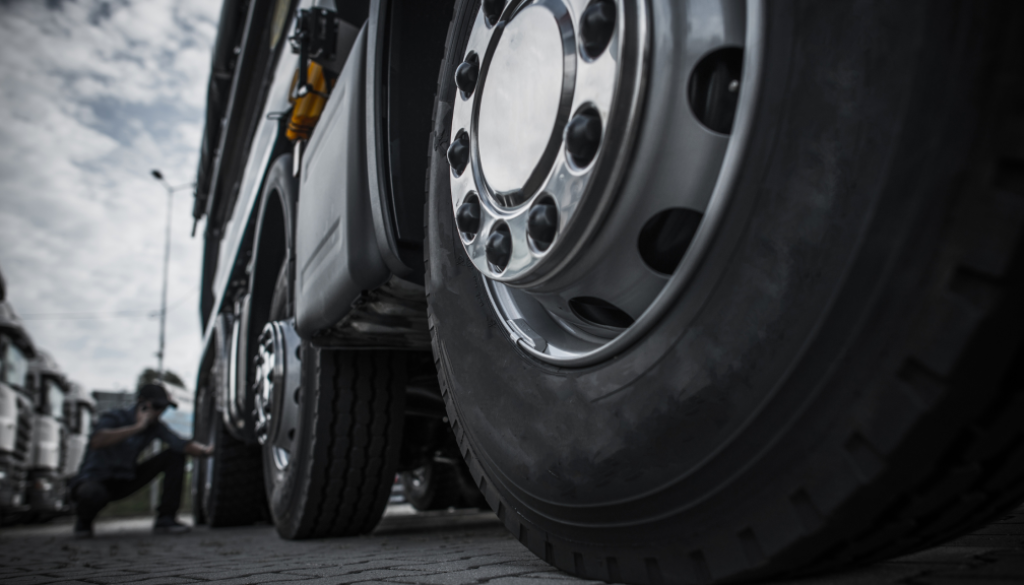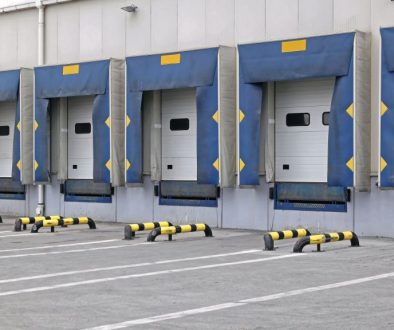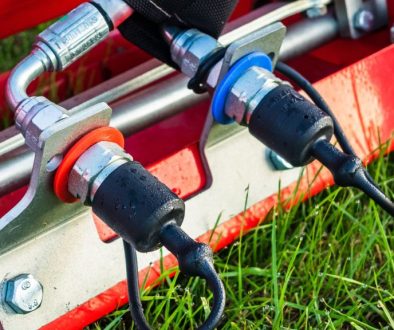Let’s get straight to it—your truck’s tires are its foundation. They’re responsible for keeping you safe, efficient, and rolling smoothly. Neglecting them isn’t just costly; it can be downright dangerous. Worn-out or poorly maintained tires lead to blowouts, uneven wear, and even accidents.
And let’s not forget, replacing tires isn’t cheap. A little care can go a long way in stretching out their lifespan and keeping your truck in top shape. Whether you’re an owner-operator or managing a fleet, investing time in tire care is just good sense.
Understanding Truck Tire Basics
The Anatomy of a Truck Tire
Tires aren’t just big, round pieces of rubber. They’re engineering marvels designed to handle heavy loads, rough roads, and varying conditions. Here’s what makes up a truck tire:
- Tread: The outer layer that provides grip and affects traction and wear.
- Sidewall: Supports the structure and protects the interior from impacts.
- Bead: Seals the tire to the rim, even under heavy loads.
- Casing: The backbone of the tire, often reinforced with steel belts for extra strength.
Types of Truck Tires
Not all tires are created equal. Here’s a quick breakdown:
- Steer Tires: Positioned on the front axle for handling and stability.
- Drive Tires: Provide traction on powered axles and built for durability.
- Trailer Tires: Designed for load-bearing while reducing rolling resistance.
The Key Components of Truck Tire Care
Tire Pressure Management
Proper tire pressure is critical. Underinflated tires generate heat and wear out faster, while overinflated ones wear unevenly and hurt traction.
Pro tip: Use a reliable tire pressure gauge or monitoring system (TPMS). Proper inflation can improve fuel efficiency by up to 1.5% per truck, saving thousands annually.
Routine Inspections
Make tire inspections part of your pre-trip routine. Look for:
- Uneven Wear: Often points to alignment or suspension issues.
- Cracks and Cuts: Small damage can escalate into major problems.
- Tread Depth: Steer tires need at least 4/32”, drive or trailer tires need 2/32”.
Alignment and Balancing
Misalignment leads to uneven wear and higher fuel costs. Regular alignments and tire balancing help prevent premature wear and vibrations.
Case Study: How Proper Tire Care Saved a Fleet Thousands
One of our fleet clients had rapid drive axle tire wear. After an assessment, we found underinflation—tires were running 15% below recommended pressure.
Solutions:
- Installed a TPMS for real-time pressure monitoring.
- Trained drivers to check and adjust pressure before trips.
Results: $20,000 saved in tire replacement costs, plus a 3% fuel efficiency boost.
Factors Affecting Truck Tire Performance
Load Weight
Overloading increases strain on tires, reducing their lifespan by up to 16%. Stick to the manufacturer’s load index to avoid unnecessary stress.
Road Conditions
Potholes, gravel, and rough roads damage tires. Adjust speed in tough terrain and inspect tires afterward.
Weather
Cold weather causes underinflation, while hot weather can overinflate. Adjust pressure seasonally to maintain optimal performance.
Practical Tips to Extend Tire Life
- Rotate Tires: Every 10,000 to 15,000 miles for even wear.
- Brake Smoothly: Hard braking causes uneven wear.
- Maintain Wheel Torque: Check and adjust lug nuts regularly.
- Invest in Quality Tires: Higher-quality tires last longer and perform better.
- Carry a Tire Repair Kit: For quick roadside fixes.
Tools Every Truck Driver Should Have
- Tire Pressure Gauge: Essential for pressure checks.
- Tread Depth Gauge: Helps track wear.
- Portable Air Compressor: Useful for emergency inflation.
- Tire Repair Kit: Temporary patches for minor punctures.
Legal Requirements for Truck Tires
Compliance is key to avoiding fines and penalties. Basic regulations include:
- Tread Depth: Minimum of 4/32” for steer tires, 2/32” for drive/trailer tires.
- DOT Standards: Tires must meet load and speed ratings set by the Department of Transportation.
Common Myths About Truck Tires
Myth 1: “Recapped Tires Are Dangerous.”
Truth: Modern recaps are safe and cost-effective when done by reputable services.
Myth 2: “Tire Pressure Doesn’t Matter That Much.”
Truth: Incorrect tire pressure is a leading cause of blowouts and uneven wear.
Myth 3: “You Only Need to Check Tires Before Long Trips.”
Truth: Daily inspections catch small issues before they become big problems.
When to Replace Your Truck Tires
- Tread Wear Indicators: Small bars in the tread grooves show when the tire is at its minimum depth.
- Visible Damage: Cuts, bulges, or sidewall punctures mean it’s time for replacement.
- Age: Tires older than 6-10 years should be replaced due to material degradation.
FAQs
- How often should I check my truck tire pressure? Daily, especially before long hauls.
- What’s the best way to track tire health? A TPMS provides real-time monitoring.
- Can I mix different types of tires? Avoid mixing to maintain consistent handling and wear.
- What causes most tire blowouts? Underinflation, leading to overheating and failure.
- How do I know if my tires need balancing? Signs include vibrations, uneven wear, or a wobble when driving.
Take Care of Your Tires, and They’ll Take Care of You
Truck tire care is more than avoiding blowouts—it’s about safety, efficiency, and maximizing your investment. By keeping an eye on pressure, inspecting regularly, and addressing issues like alignment and load weight, you set yourself up for long-term success.
Think of your tires as an investment. The better you care for them, the longer they last and the less they cost over time. Stay proactive, and you’ll spend less time on tire problems and more time where you belong—on the road.




